Environmental Consequences
Environmental Consequences
Key Notes:
Environmental Consequences
Introduction
- Environmental consequences refer to the negative impacts of human activities on the environment.
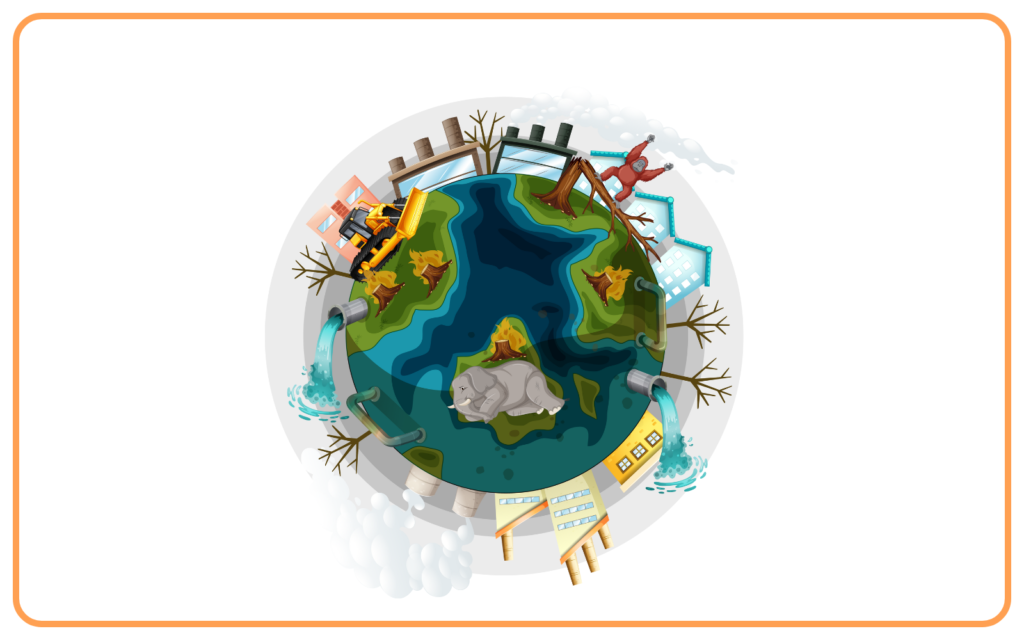
- These activities can lead to pollution, resource depletion, and climate change, among other issues.
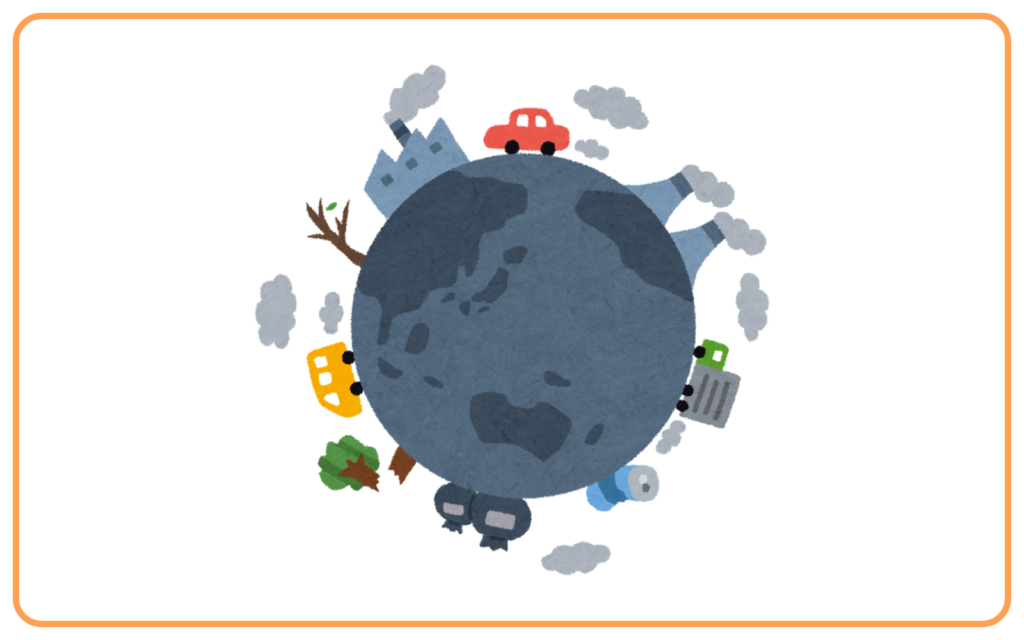
- The health of the environment is essential for the well-being of all living organisms, and unsustainable practices can lead to long-term damage.
Types of Environmental Consequences
A. Pollution
- Pollution is the contamination of the environment due to harmful substances.
- Air Pollution:
- Caused by the release of harmful gases like carbon dioxide (CO₂), sulfur dioxide (SO₂), nitrogen oxides (NOₓ), and particulate matter into the air.
- Sources: Vehicle emissions, industrial emissions, burning of fossil fuels.
- Consequences: Global warming, acid rain, respiratory diseases.
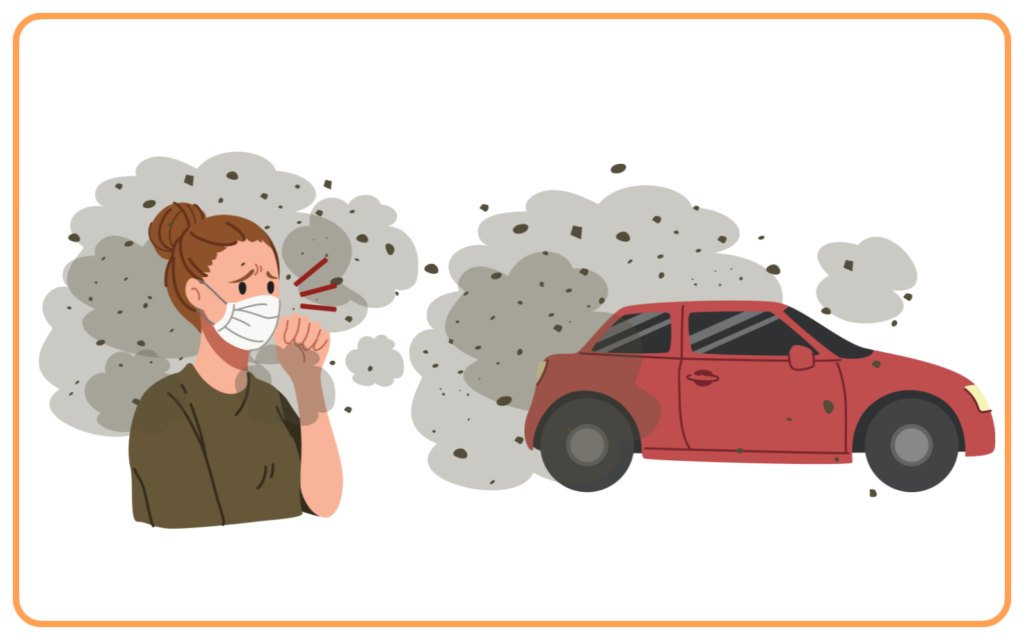
- Water Pollution:
- Occurs when harmful substances like chemicals, sewage, and oil enter water bodies.
- Sources: Industrial discharge, agricultural runoff, waste disposal.
- Consequences: Eutrophication, destruction of aquatic life, drinking water contamination.
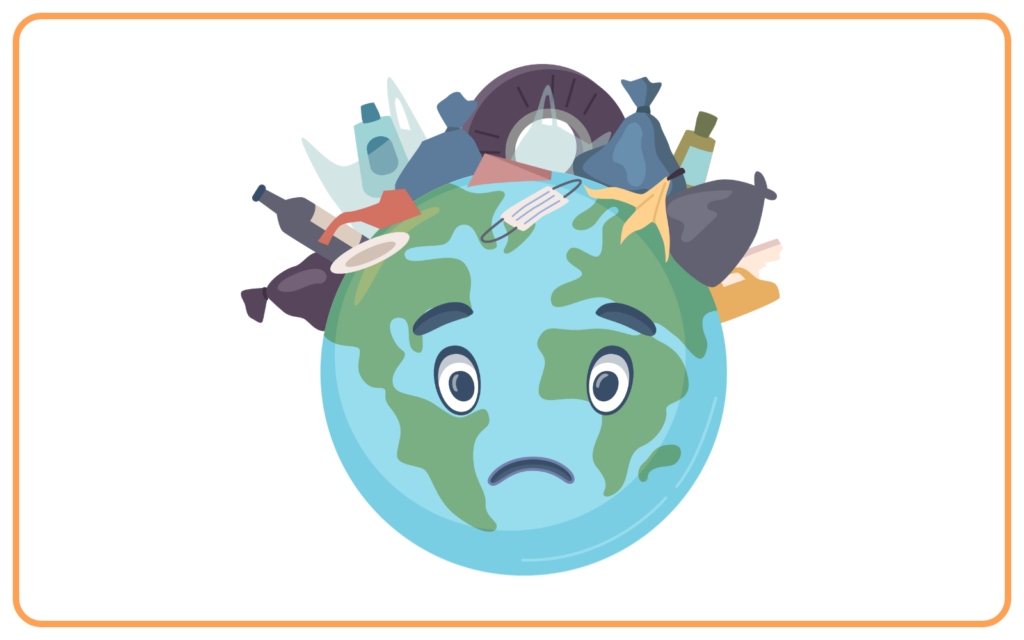
- Soil Pollution:
- The contamination of soil due to chemicals like pesticides, fertilizers, and heavy metals.
- Sources: Improper disposal of industrial waste, overuse of chemicals in agriculture.
- Consequences: Soil degradation, loss of fertility, toxic plants.
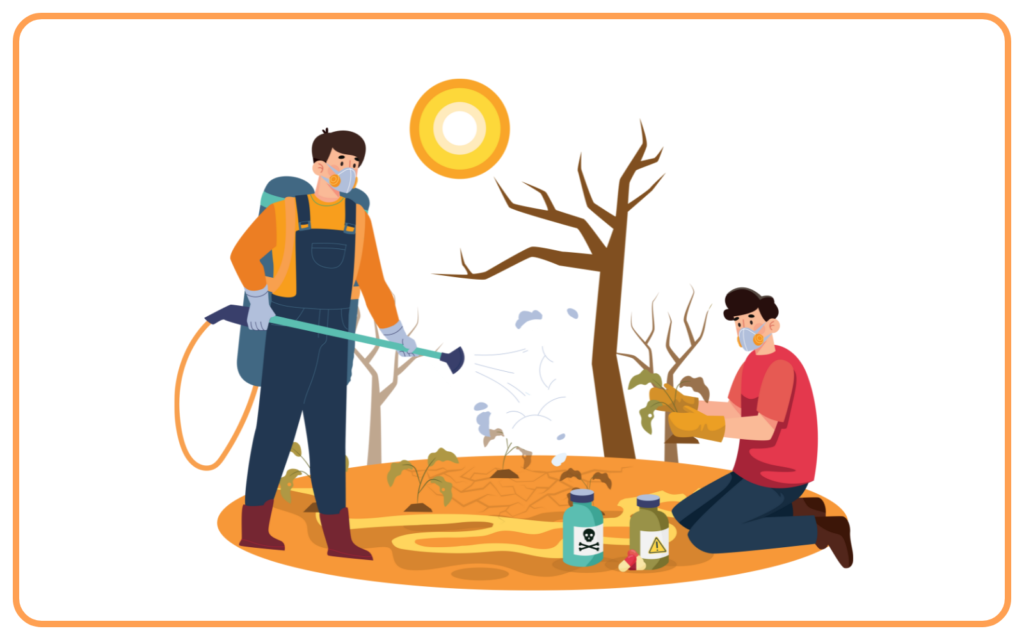
- Noise Pollution:
- Unwanted or harmful sounds from sources such as traffic, construction, and machinery.
- Consequences: Hearing loss, stress, disruption of wildlife.
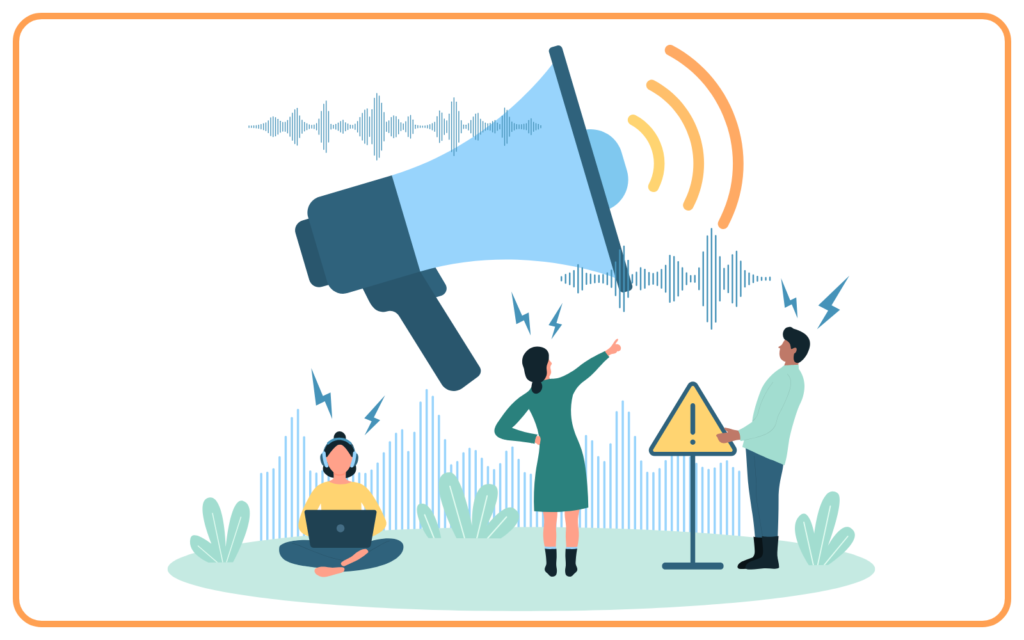
- Air Pollution:
B. Global Warming and Climate Change
- Global warming refers to the increase in Earth’s average temperature due to the buildup of greenhouse gases in the atmosphere (e.g., CO₂, methane).
- Causes:
- Burning of fossil fuels (coal, oil, natural gas).
- Deforestation (less carbon dioxide absorption).
- Industrial activities releasing greenhouse gases.
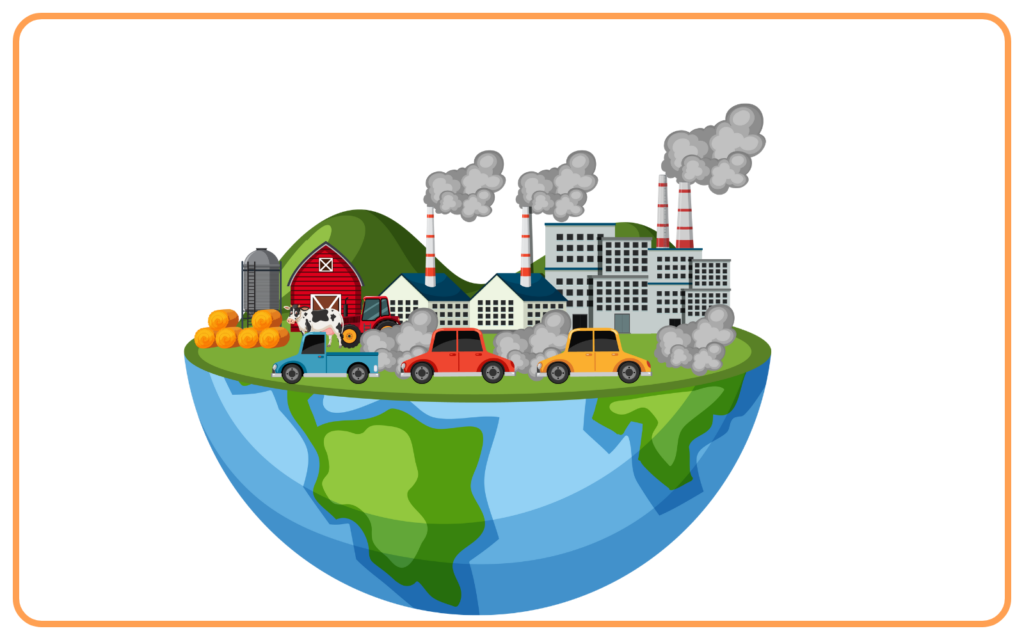
- Consequences:
- Melting of polar ice caps and glaciers.
- Rising sea levels causing flooding of coastal areas.
- Extreme weather events such as hurricanes, droughts, and heatwaves.
- Loss of biodiversity due to habitat changes.
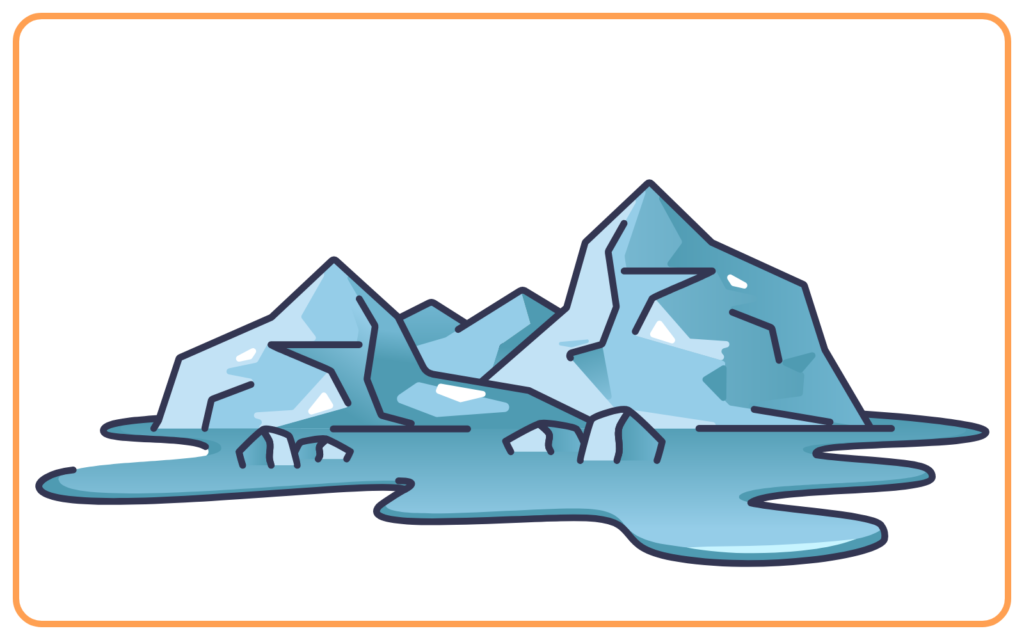
- Causes:
C. Deforestation
- Deforestation is the large-scale cutting down of forests to make way for agriculture, urbanization, or logging.
- Causes:
- Agricultural expansion, urbanization, illegal logging.
- Consequences:
- Loss of biodiversity as species lose their natural habitats.
- Increased CO₂ levels in the atmosphere as trees absorb carbon dioxide.
- Disruption of water cycles, leading to reduced rainfall and droughts.
- Soil erosion, which reduces agricultural productivity.
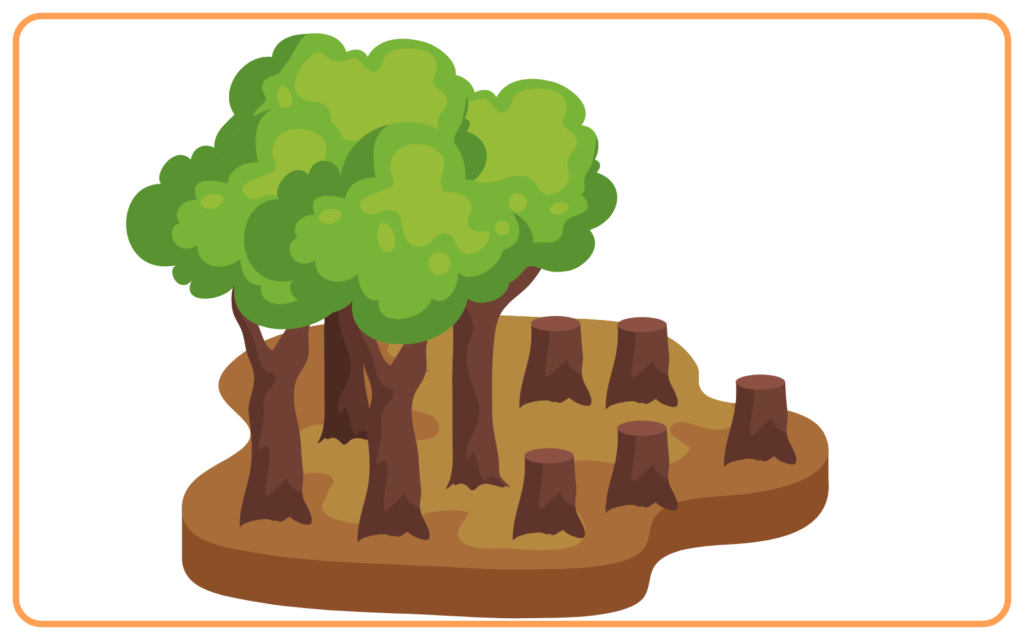
- Causes:
D. Resource Depletion
- The excessive use of natural resources like water, minerals, and fossil fuels leads to their depletion.
- Causes:
- Over-consumption due to industrial growth and population increase.
- Unsustainable agricultural practices.
- Consequences:
- Depletion of freshwater resources, leading to water scarcity.
- Exhaustion of non-renewable resources like fossil fuels and minerals.
- Loss of soil fertility and land degradation due to overuse.
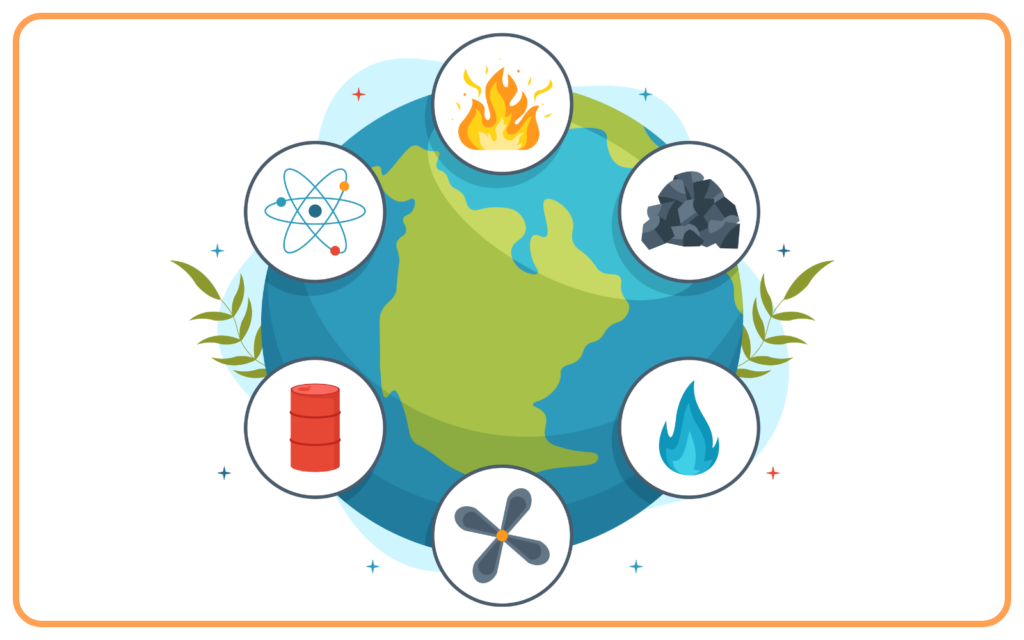
- Causes:
E. Loss of Biodiversity
- Biodiversity refers to the variety of life on Earth, including species, ecosystems, and genetic diversity. The loss of biodiversity refers to the extinction of species and the destruction of ecosystems.
- Causes:
- Habitat destruction (deforestation, urbanization).
- Pollution and climate change.
- Over-exploitation of species (hunting, fishing).
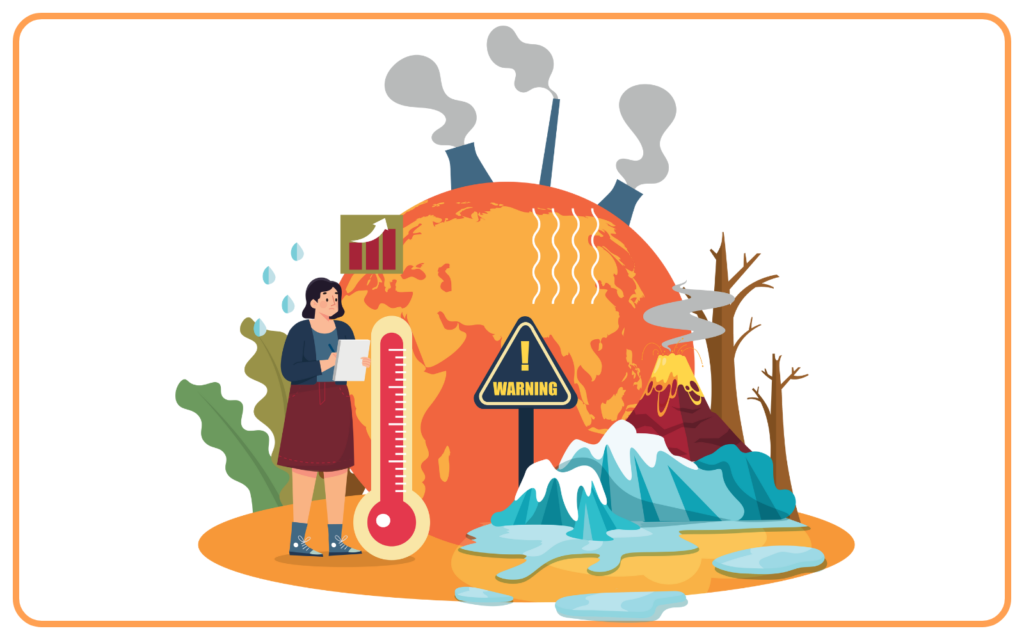
- Consequences:
- Disruption of ecosystems, leading to imbalances in food chains.
- Loss of important species that provide services like pollination and pest control.
- Economic losses from the destruction of natural resources.
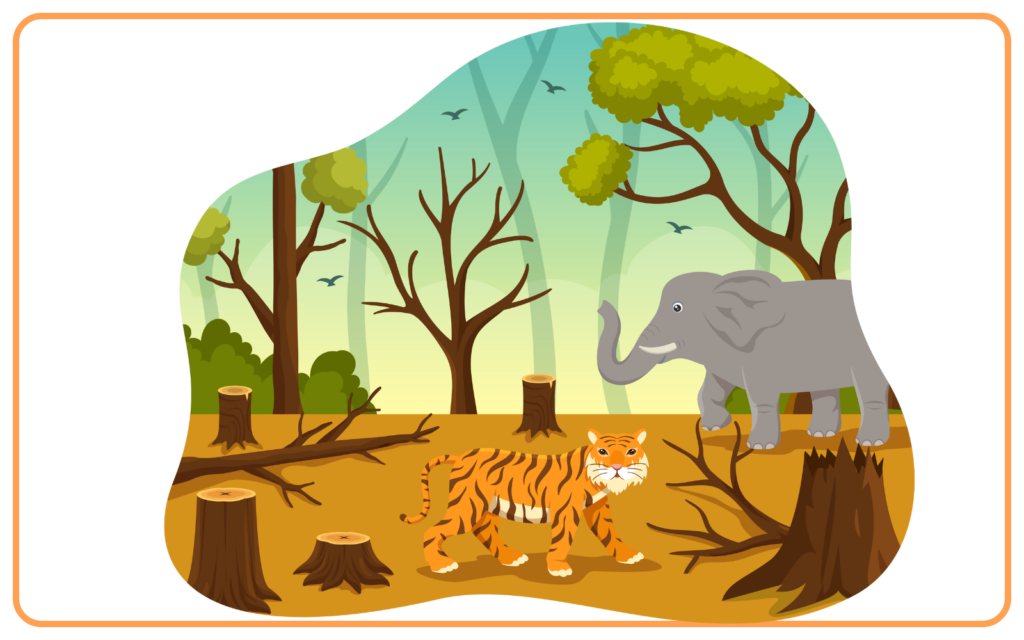
- Causes:
F. Acid Rain
- Acid rain is the precipitation of acidic substances like sulfuric acid and nitric acid from the atmosphere onto the Earth’s surface.
- Causes:
- Emissions of sulfur dioxide (SO₂) and nitrogen oxides (NOₓ) from vehicles, industries, and power plants.
- Consequences:
- Damage to aquatic life in lakes and rivers.
- Corrosion of buildings, bridges, and monuments.
- Damage to crops and forests.
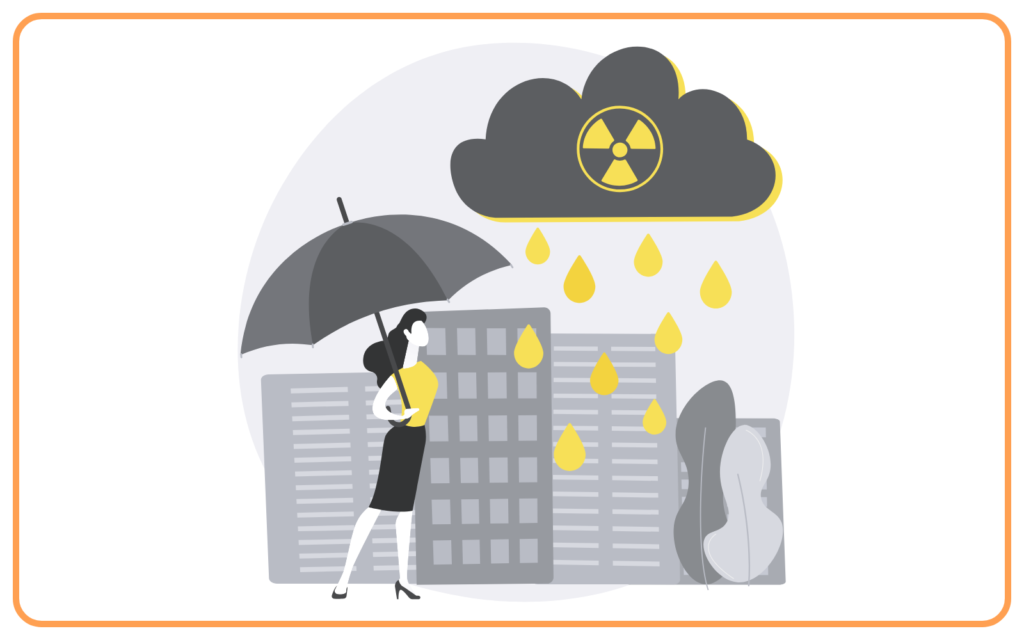
- Causes:
Human Activities Contributing to Environmental Consequences
- Burning of Fossil Fuels: Increases air pollution and CO₂ levels, contributing to global warming.
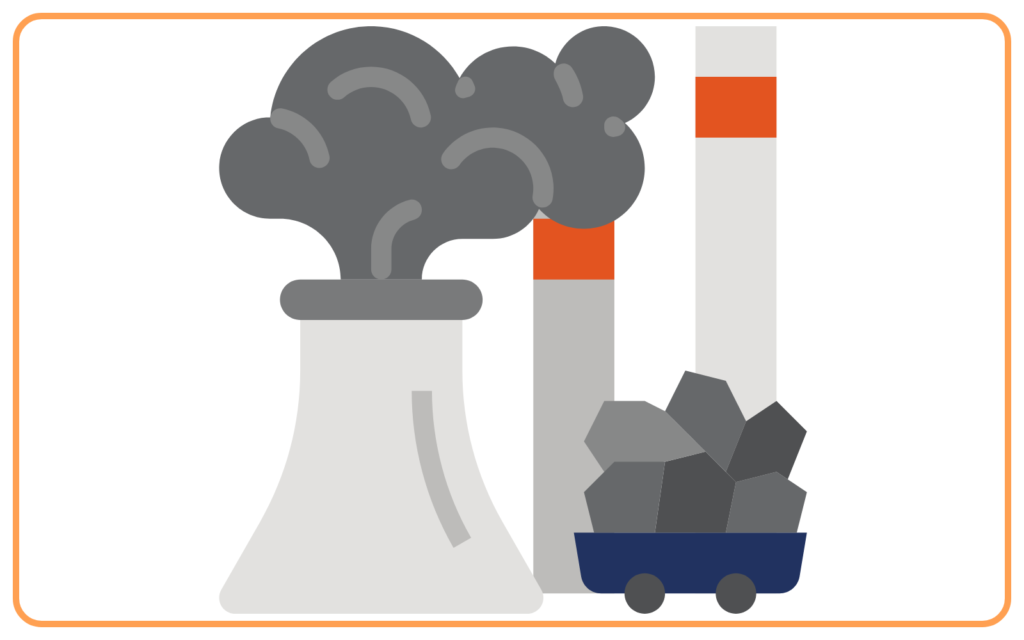
- Deforestation: Leads to habitat loss, increased CO₂ levels, and soil degradation.
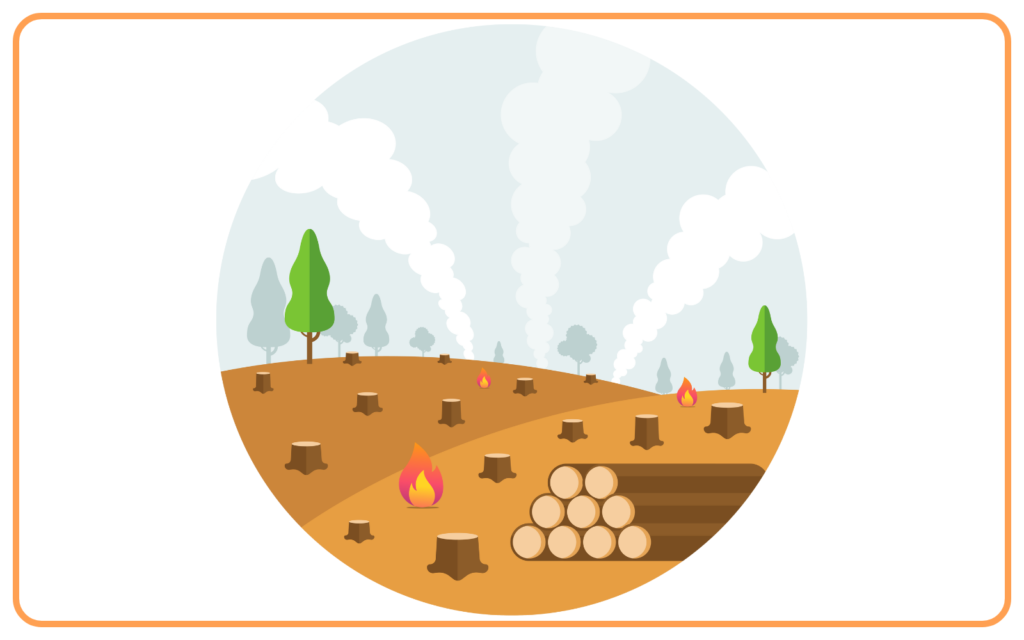
- Overfishing: Disrupts marine ecosystems and leads to the depletion of fish stocks.
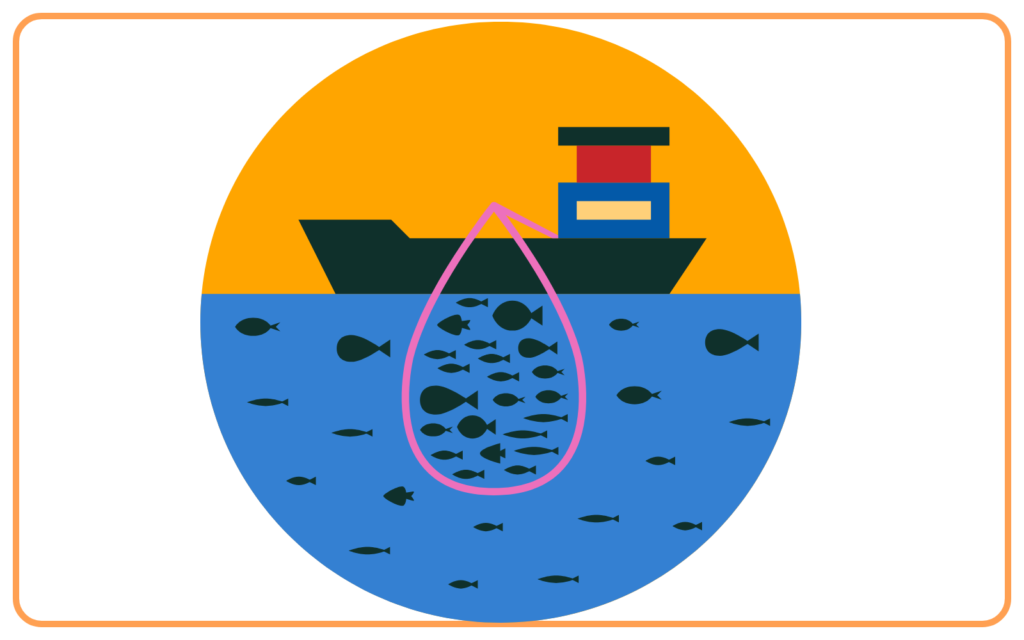
- Industrialization and Urbanization: Causes pollution, waste generation, and resource depletion.
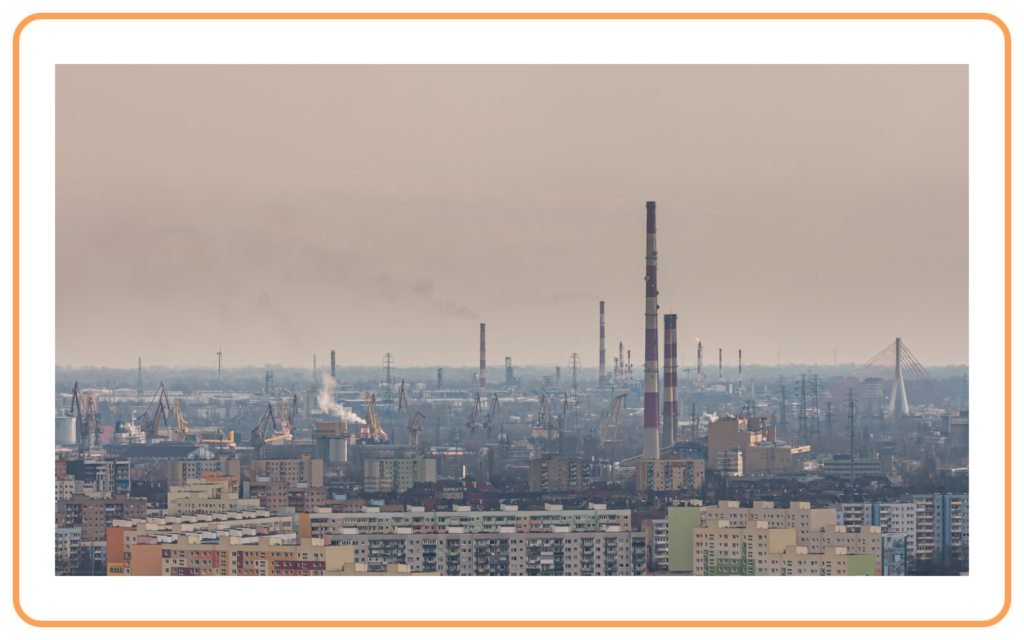
- Agricultural Practices: Overuse of pesticides, fertilizers, and irrigation leads to soil degradation and water pollution.
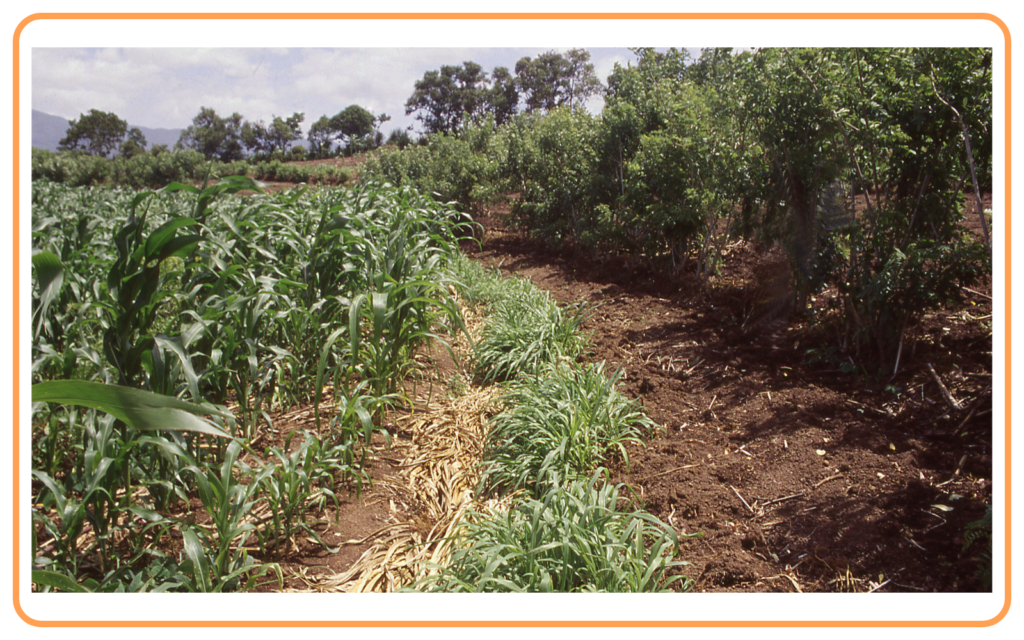
Steps to Reduce Environmental Consequences
- Use of Renewable Energy: Shifting to solar, wind, and hydropower to reduce fossil fuel dependence.
- Afforestation and Reforestation: Planting trees to combat deforestation and improve air quality.
- Conservation of Water: Reducing water wastage and using water-efficient technologies.
- Sustainable Agriculture: Implementing organic farming practices and reducing the use of harmful chemicals.
- Reducing Waste: Promoting recycling, composting, and waste segregation to reduce landfills.
- Pollution Control: Implementing cleaner technologies in industries and promoting eco-friendly products.
Conclusion
- The environmental consequences of human activities are wide-reaching and affect all aspects of life, from air and water quality to biodiversity and climate patterns.
- Taking proactive measures to reduce pollution, conserve resources, and shift to renewable energy is essential to ensure a healthier environment for future generations.
- Individual actions, as well as collective responsibility, can lead to significant positive changes in environmental conservation.
Let’s practice!

